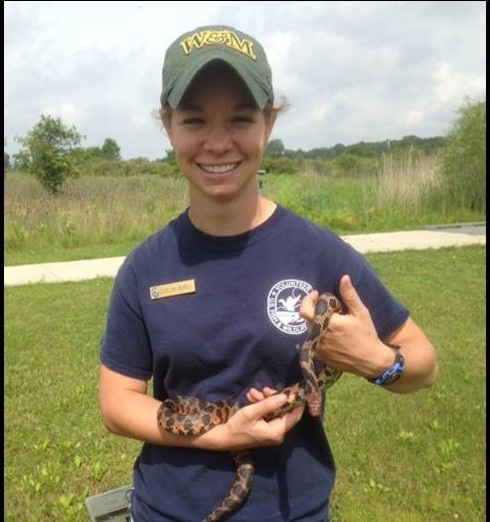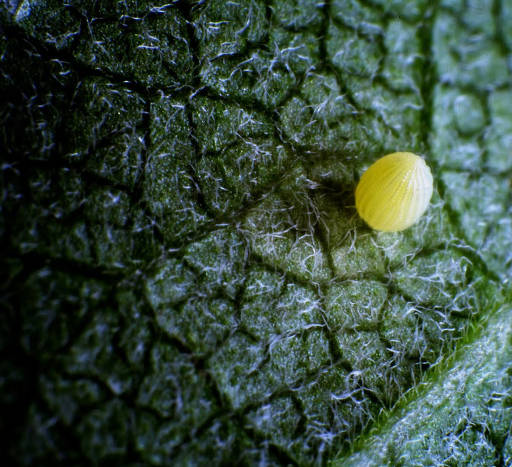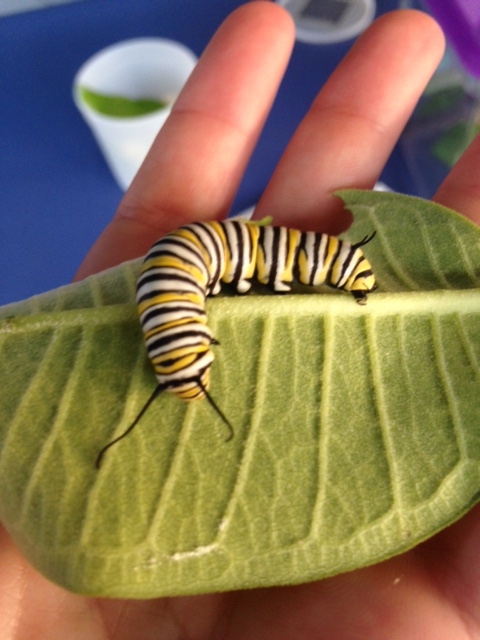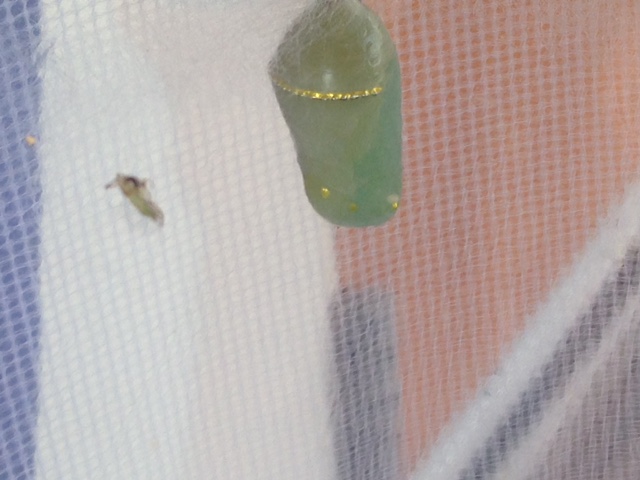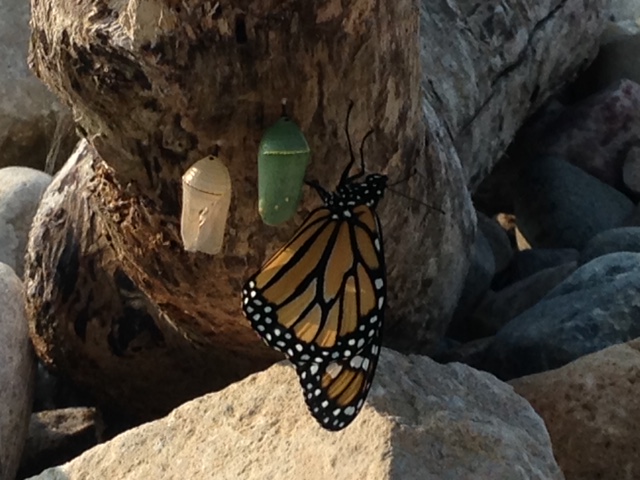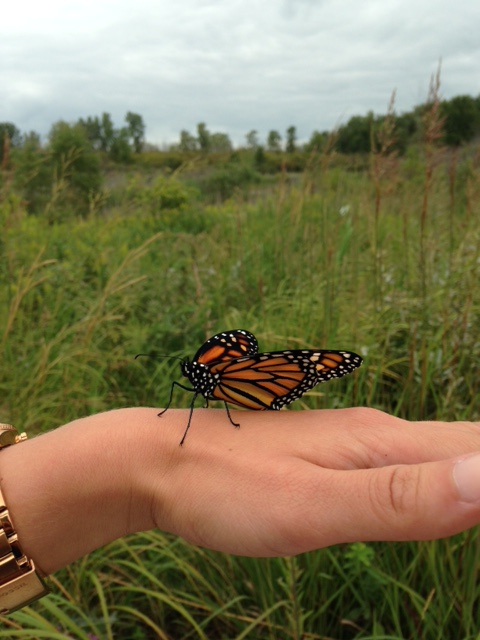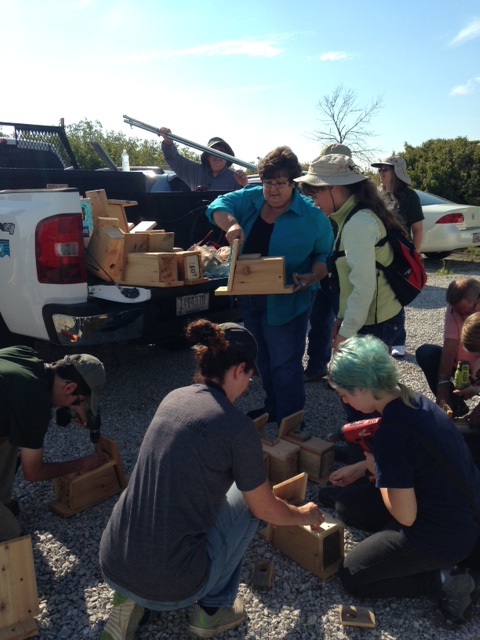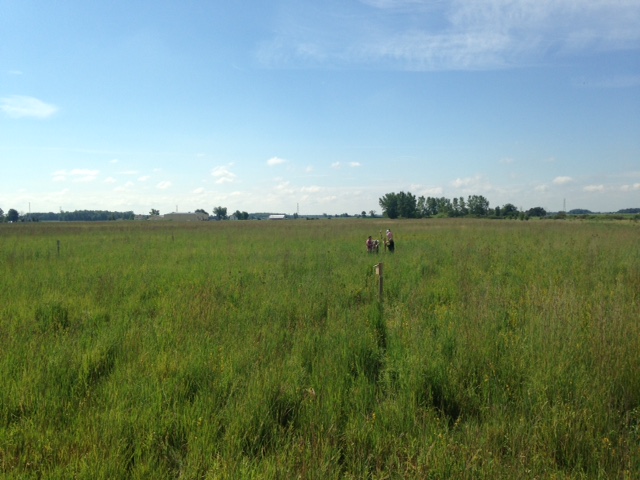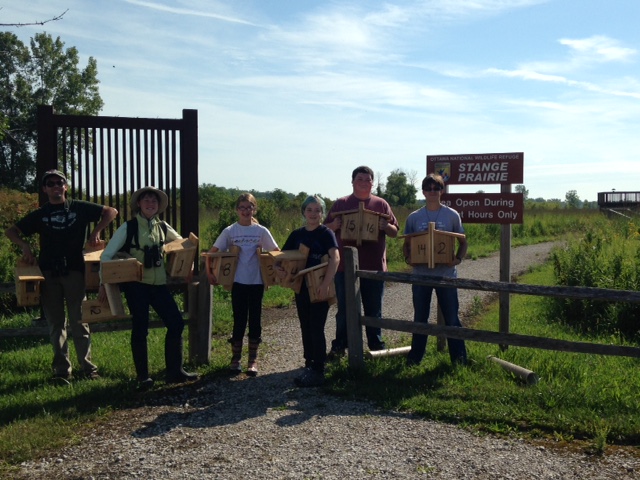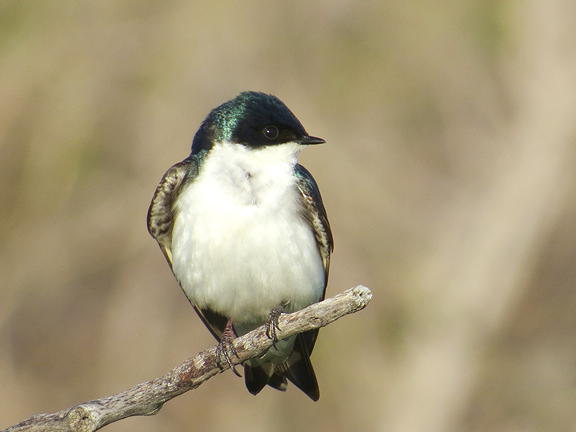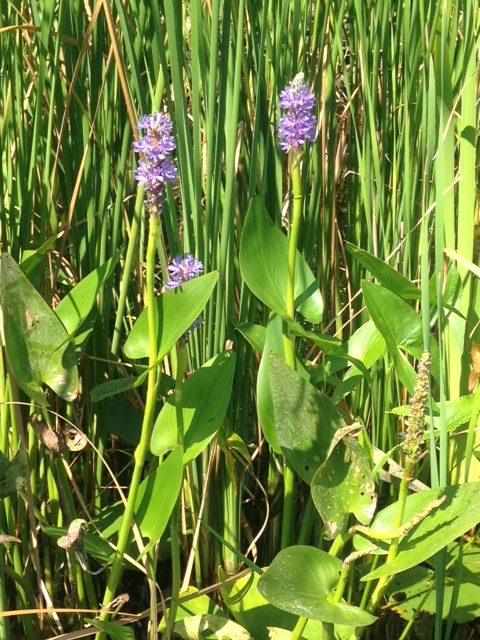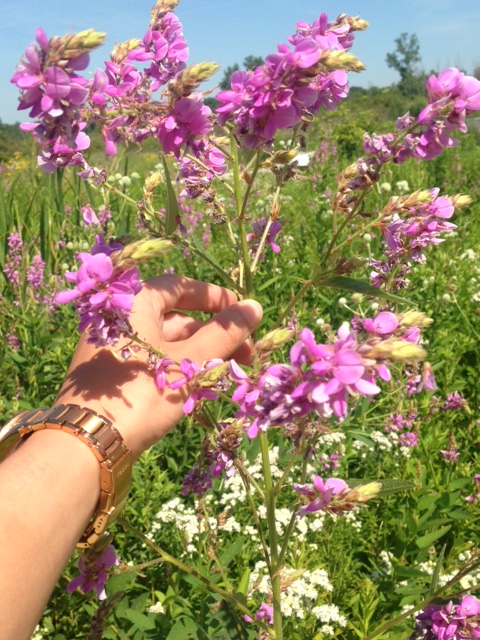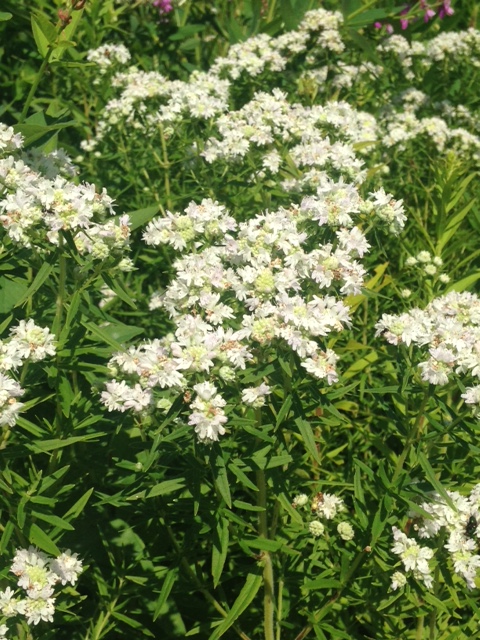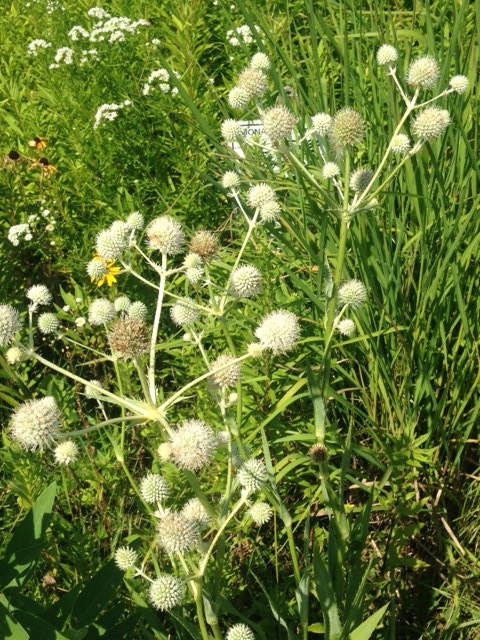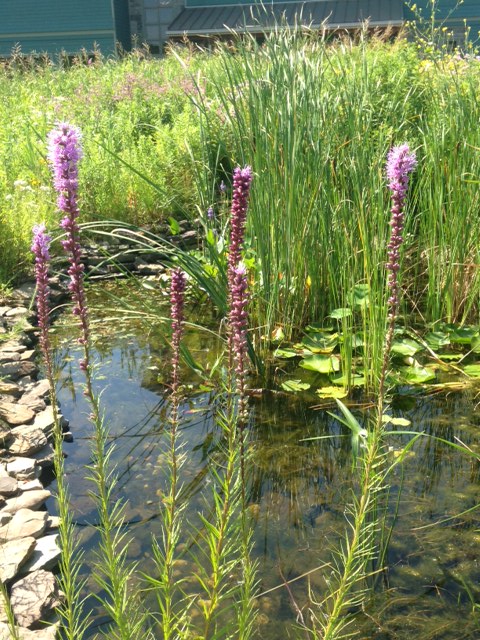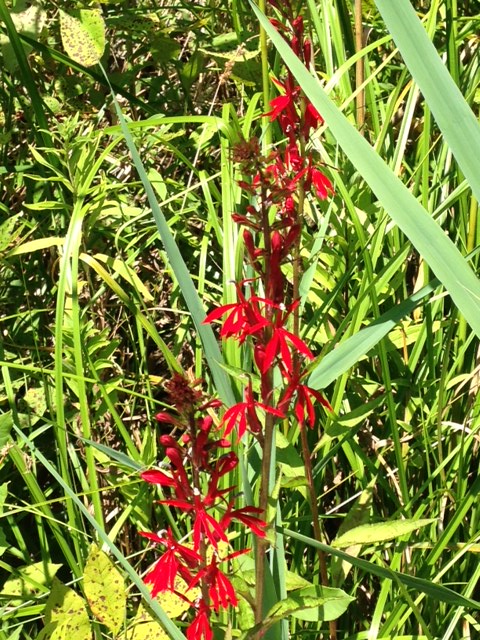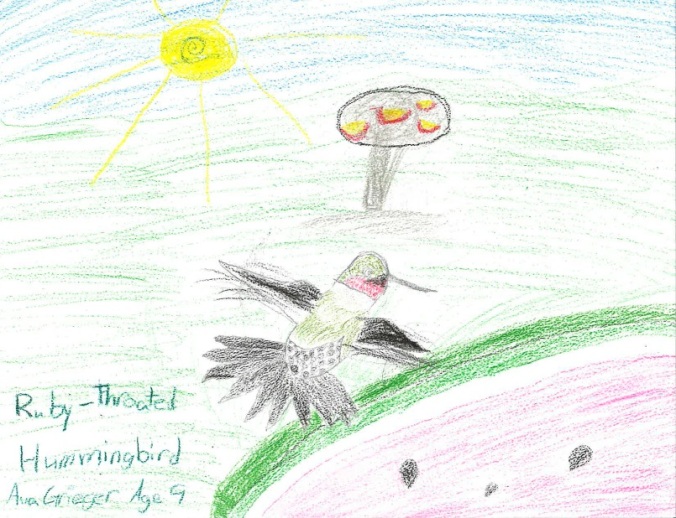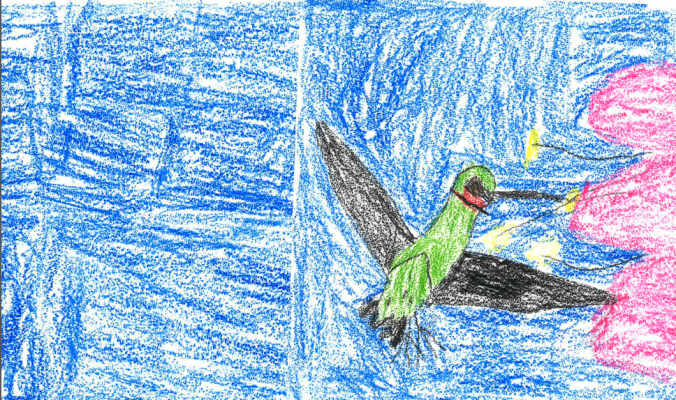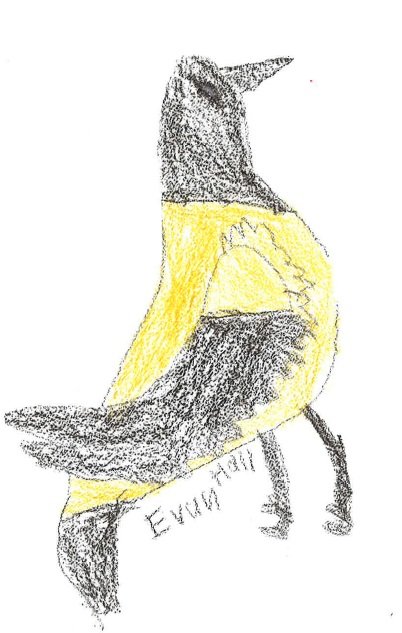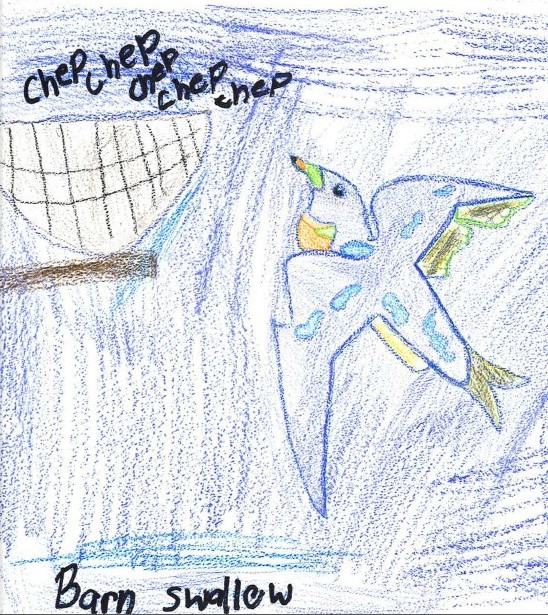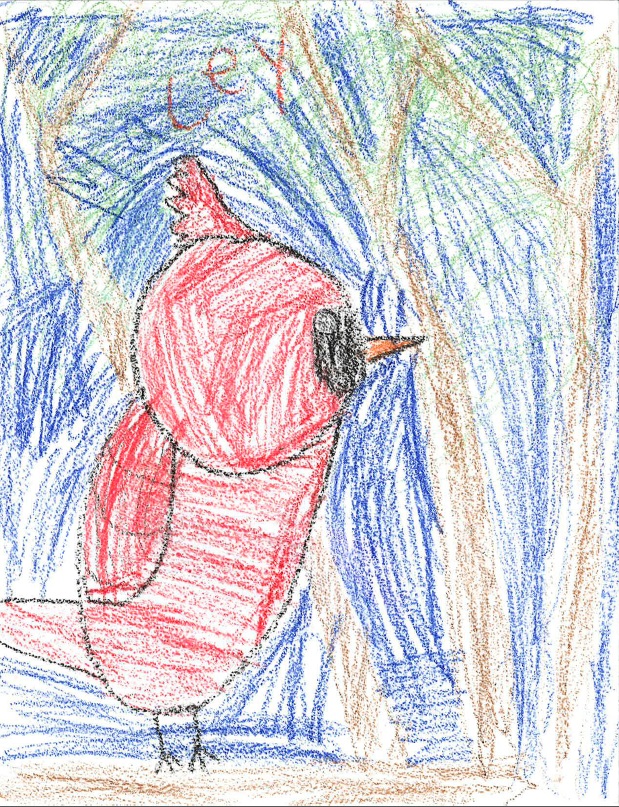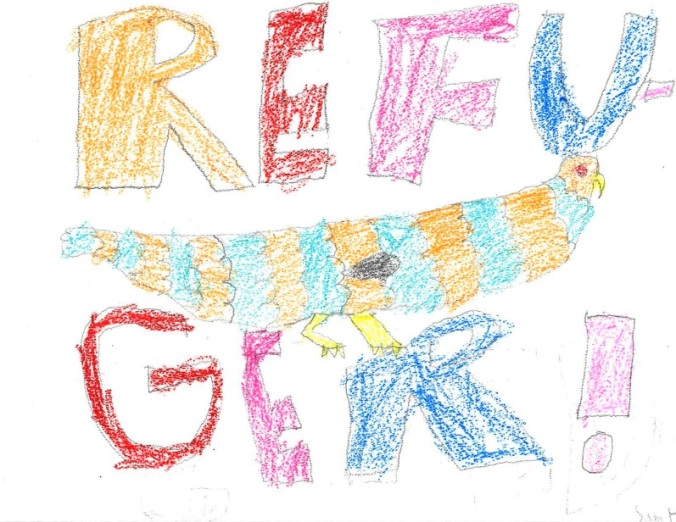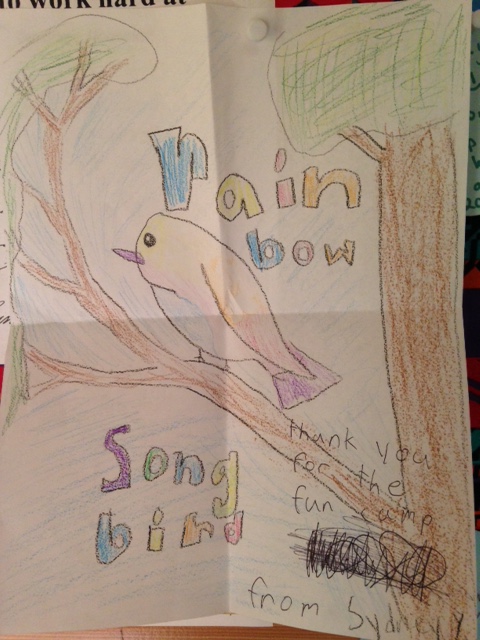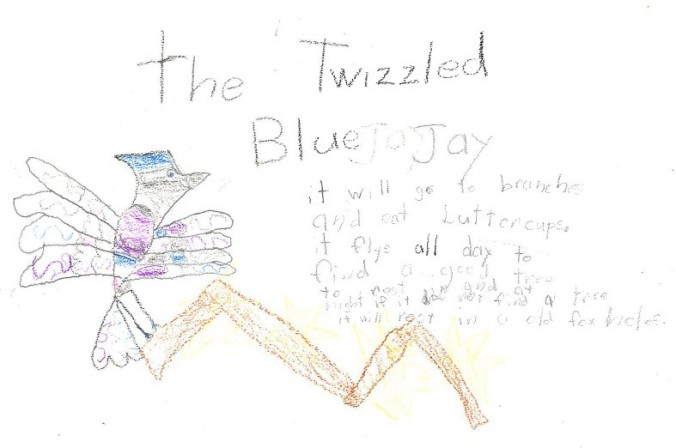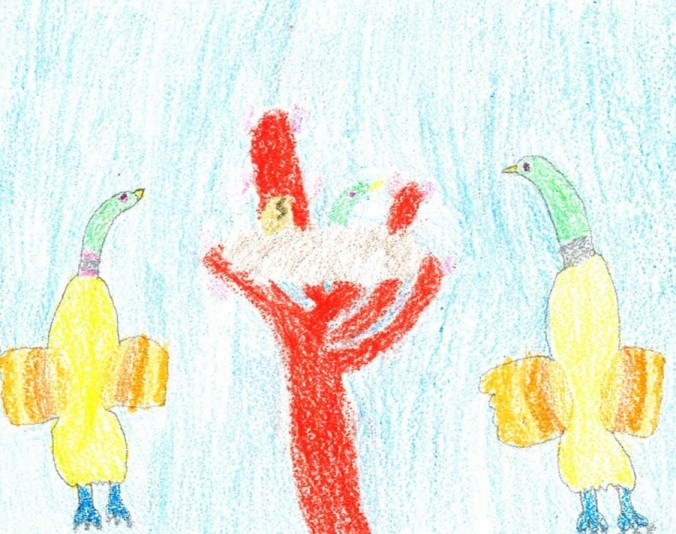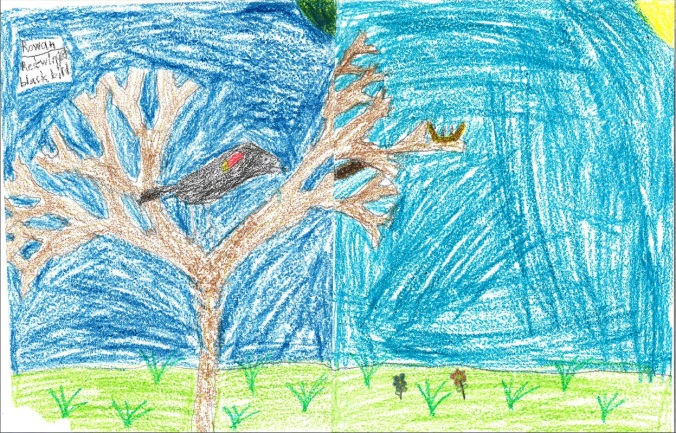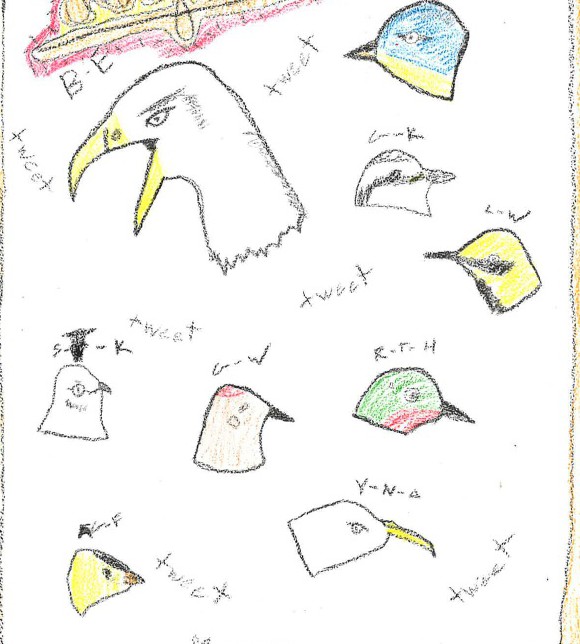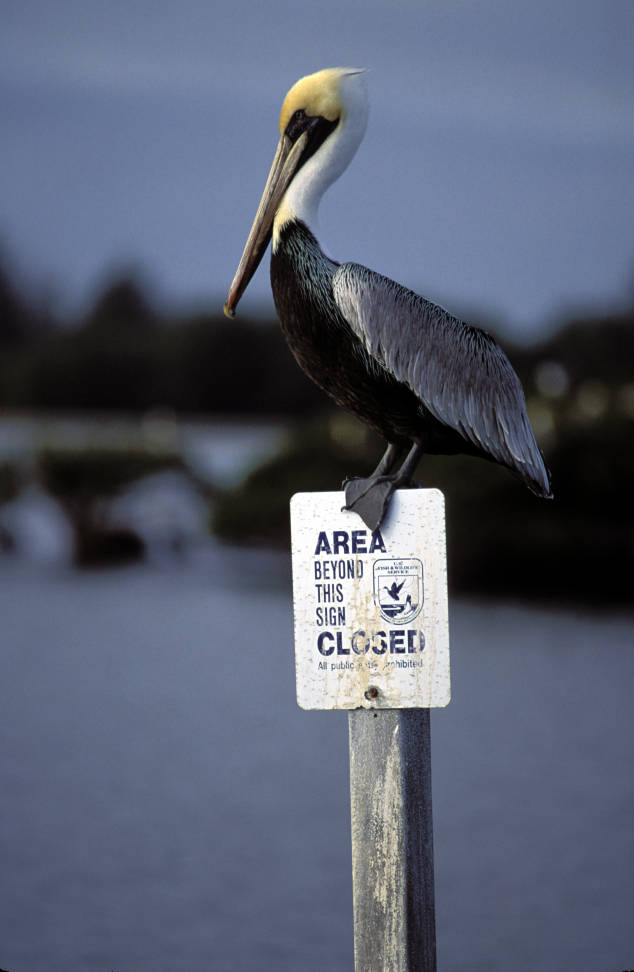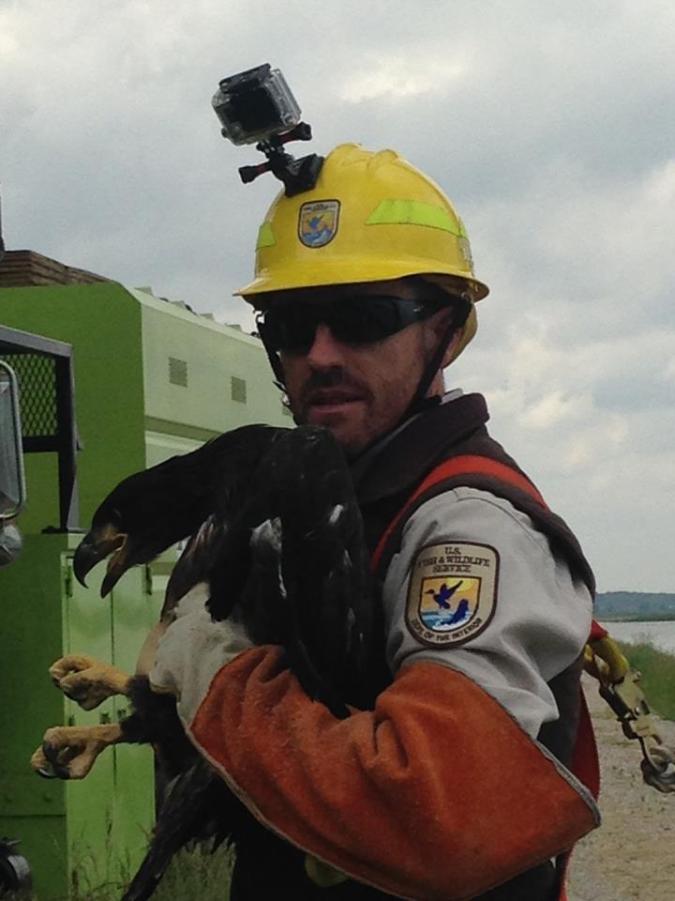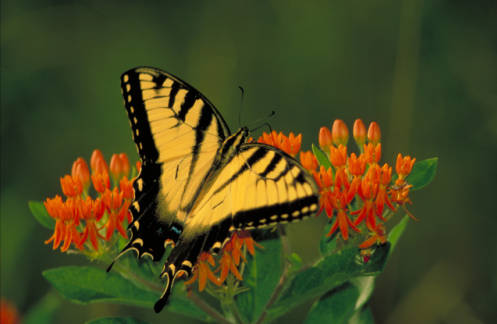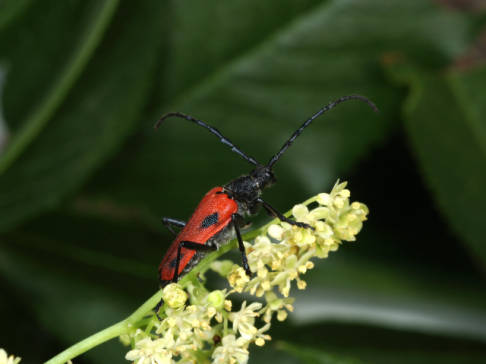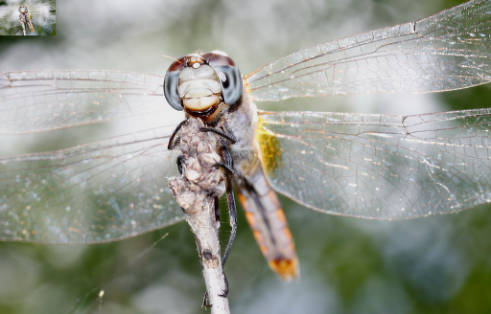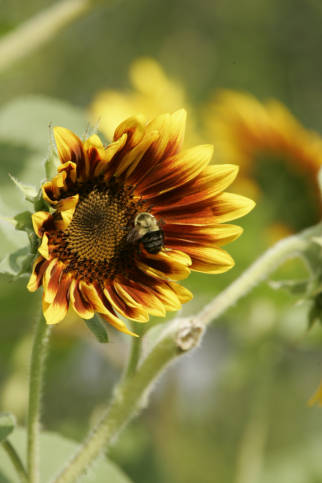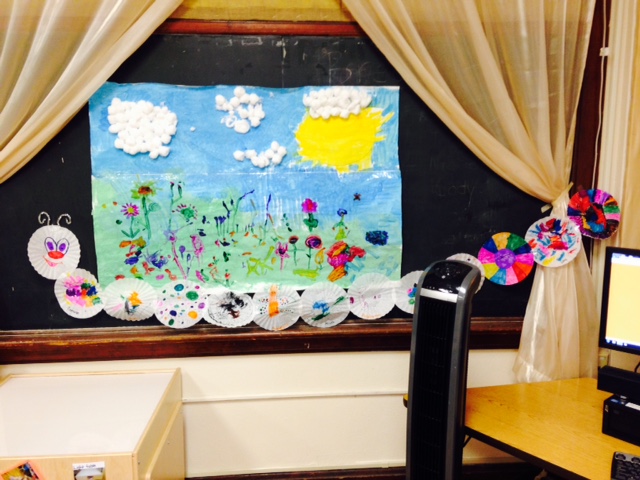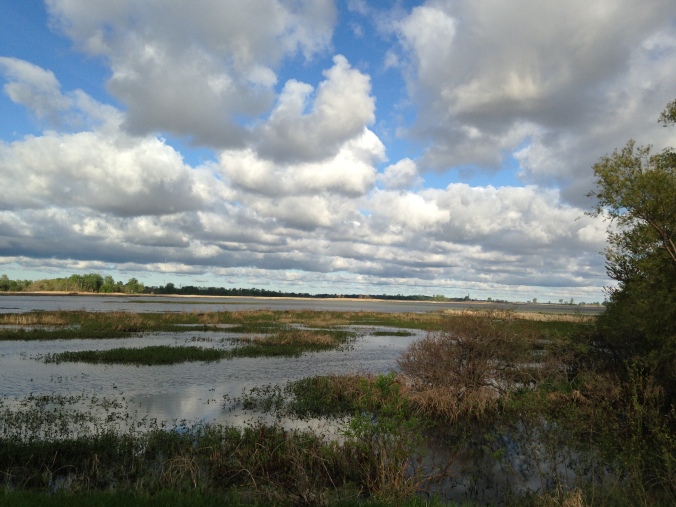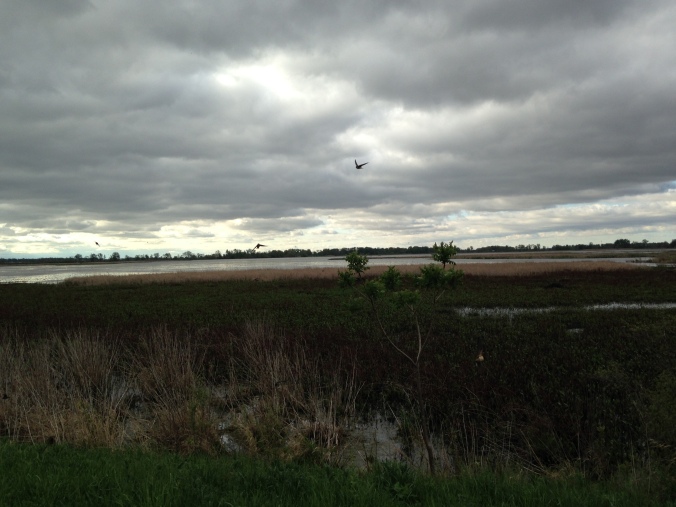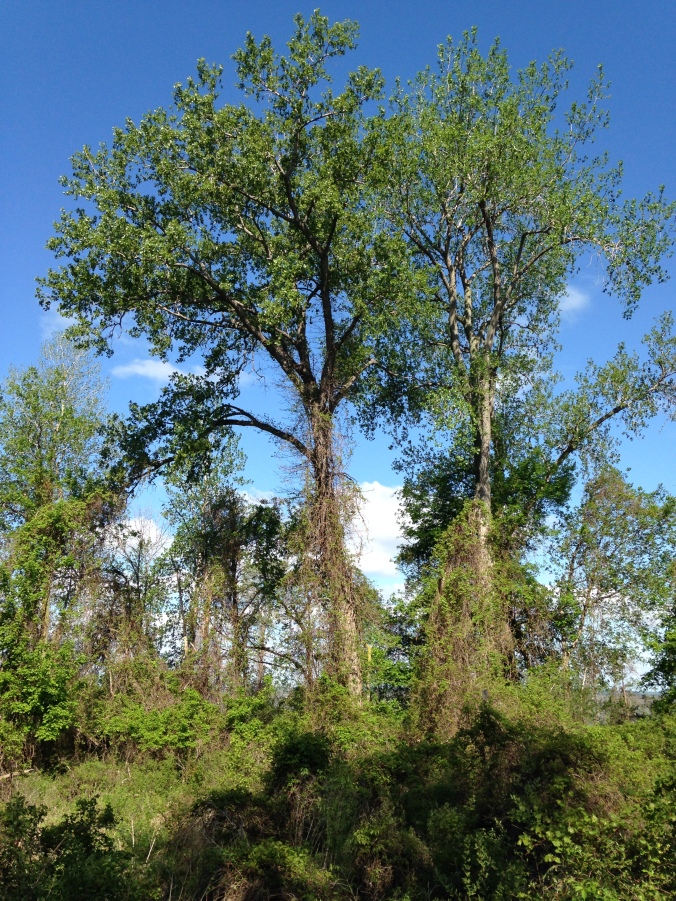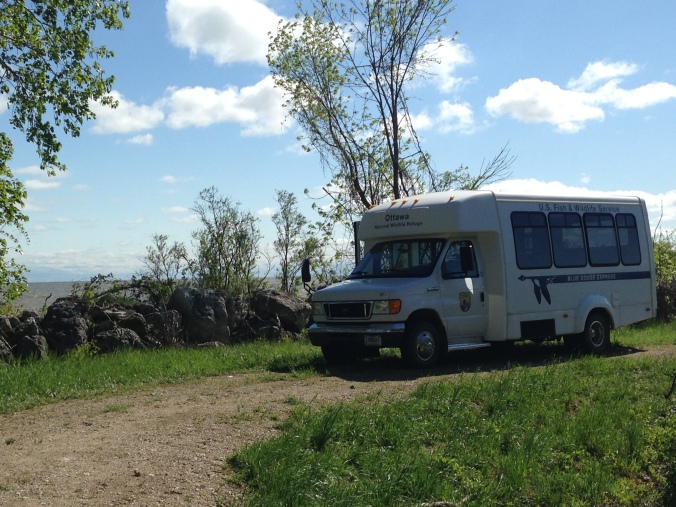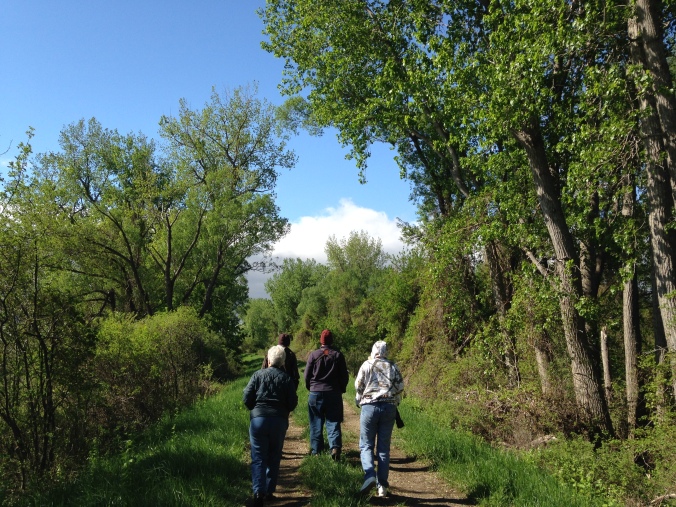“I think I see another mystic snake!” shrieks a delighted camper. “I think you mean melanistic” reminds Brandon.
One talented snake wrangling camper emerges from the vegetation looking triumphant. He’s holding a very docile Eastern Fox Snake. Brandon Gabler, the other Visitor Services intern, gently takes the animal as the campers circle up. “Now, who wants to hold a snake?”
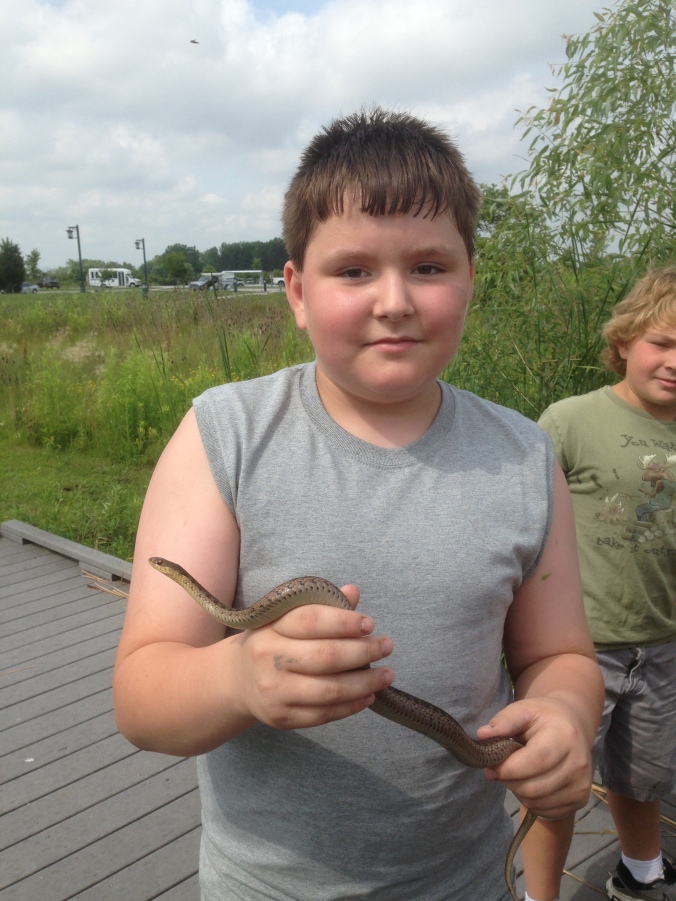
Master snake wrangler Zane W. caught snakes with ease from the boardwalk. Photo by B. Gabler.
It’s the first ever week-long Marsh Madness Day Camp. Like all the other refuge programs, this camp is completely free. But that doesn’t mean we’re having any less fun!
While Brandon shows off the snake, a few children are knee deep in the marsh searching for other creatures. Others peer into their dip nets searching for fish and crawdads. Soon after the kids emerge from the water we’re sprinting across the fields as the “deer” try to avoid getting eaten by the “coyotes” (our Ohio-modified version of the classic game of Sharks and Minnows). One blindfolded camper mimics a bat as he tries to tag his fellow campers who play moths using his sense of hearing. We plant milkweed seeds in our homemade bottle planters, film nature documentaries, fish at Cedar Point NWR, and reflect on the week in our nature journals.
By the last day of Marsh Madness Day Camp, the kids are worn out, soaked, muddy, and grinning wildly.
It was a pleasure and an honor for Brandon and I to have the opportunity to make this week of outdoor adventures a reality.
Now, who’s ready for Week 2?
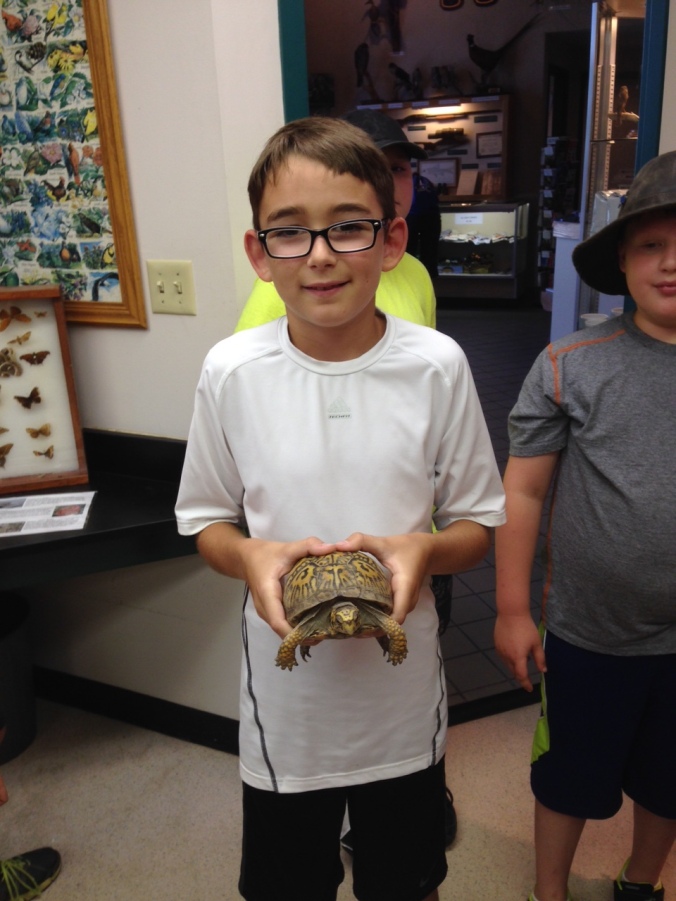
Will B. holds a turtle at Maumee Bay State Park’s Nature Center. Photo by B. Gabler.
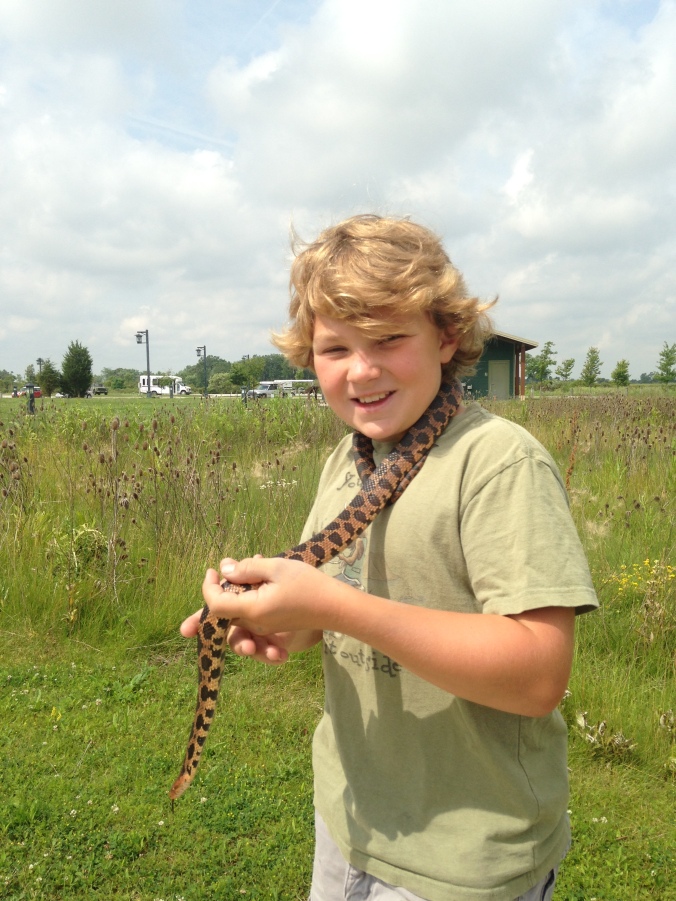
Owen A. gets a hug from an Eastern Fox Snake. Photo by the author.
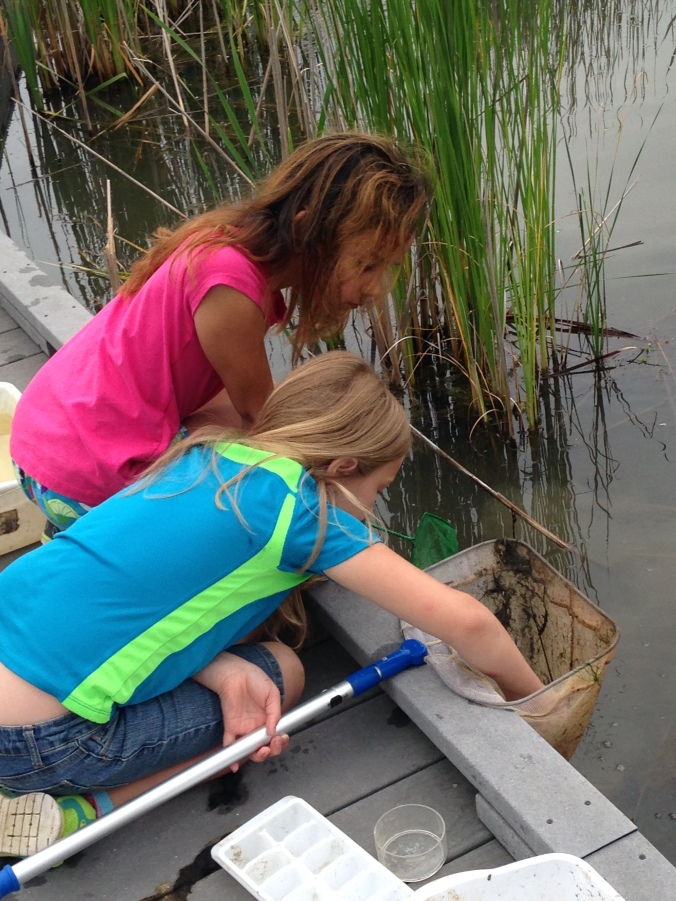
Bella P. and Maria R. search their dip-net for crawdads and tadpoles. Photo by the author.
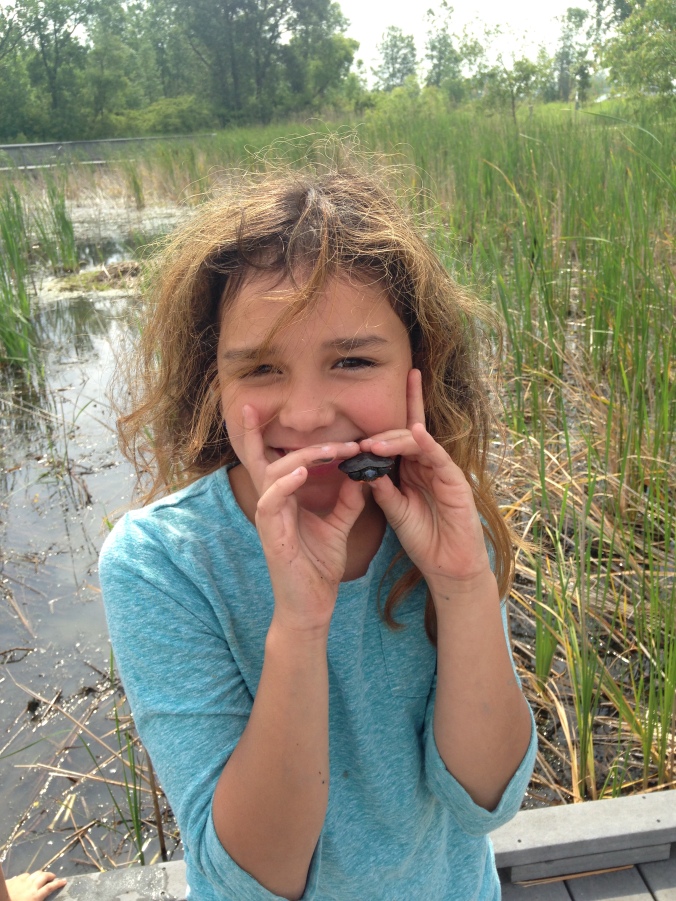
Maria R. hold a very tiny turtle! Photo by the author.
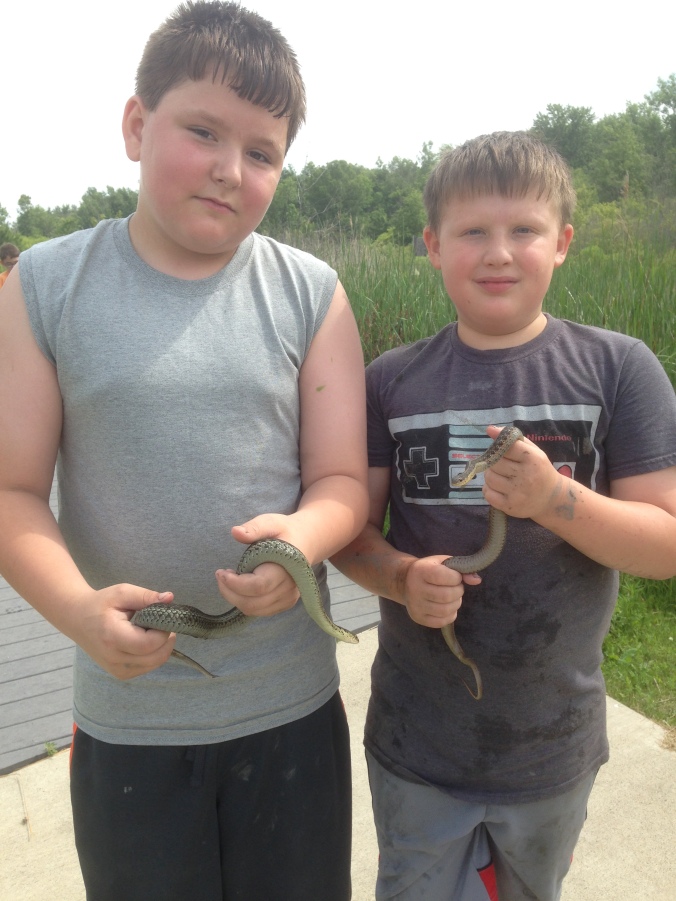
Connor C. and Zane W. know there’s no need to be afraid of these friendly and photogenic Garter Snakes. Photo by B. Gabler.
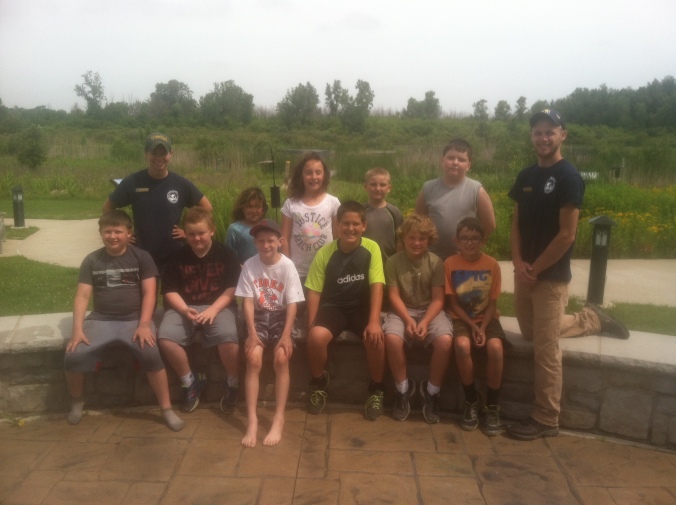
Behold: the first group of Marsh Madness Day Campers! From top left to bottom right: The author, Maria R., Kierra D., Jacob S., Zane W., Connor C., Kevin L., CJ F., Gavin M., Owen A., Will B., and Brandon G. Photo by J. Woldt.
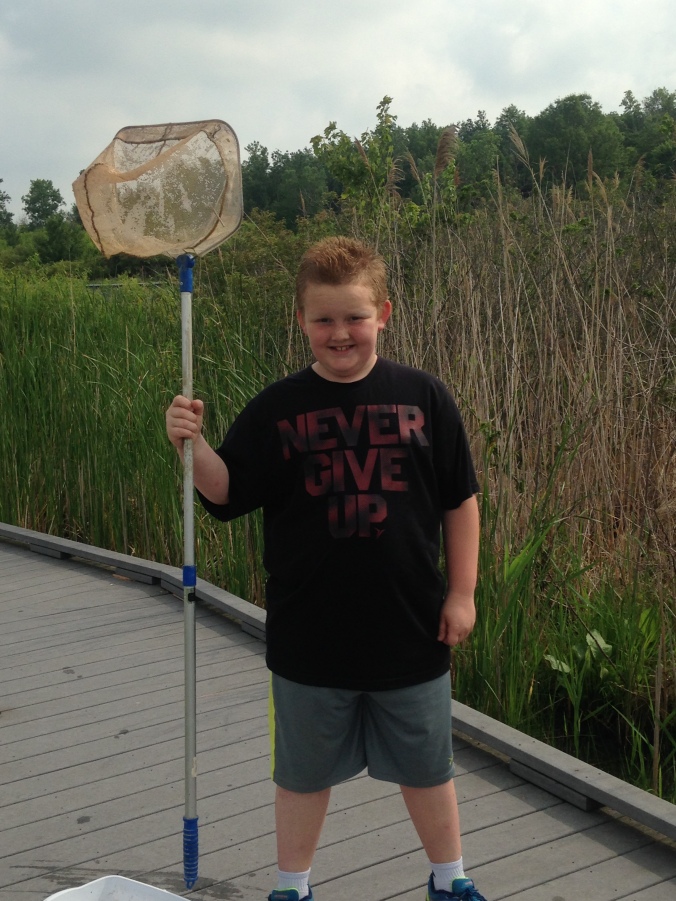
Kevin L. is ready to catch a crawdad! Photo by the author.
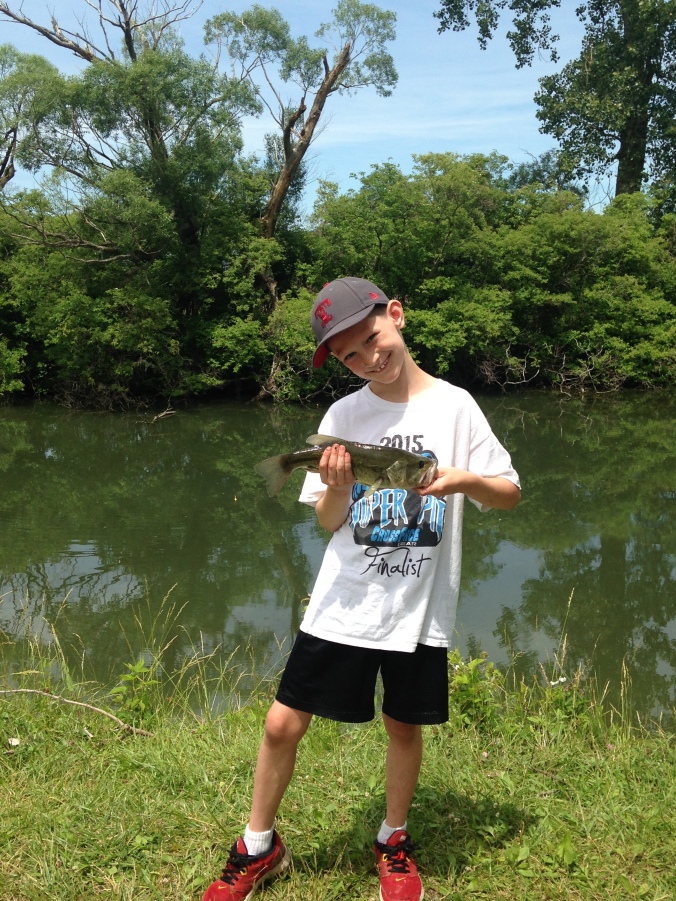
CJ F. won the Master Fisherman award for landing this Largemouth Bass, among many other smaller specimens. Photo by the author.
Special thanks to Maumee Bay State Park’s Nature Center for showing us their animal exhibits, to Logan Cannon for assisting with the fishing clinic, to the parents for sending their kids on the test run of this camp, and for the campers for bringing their positivity and enthusiasm to the week’s events.
